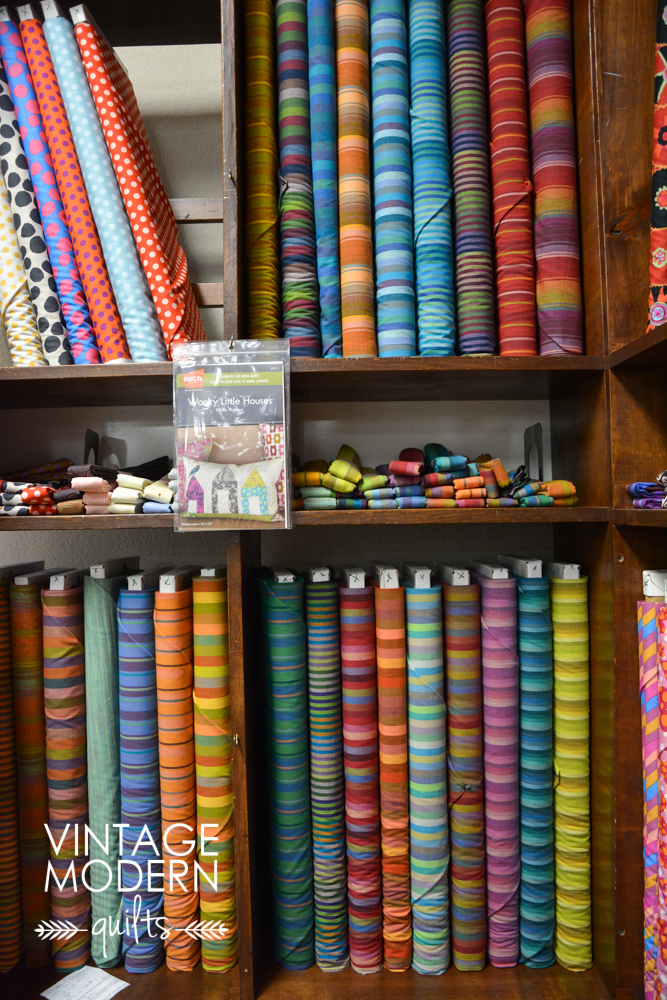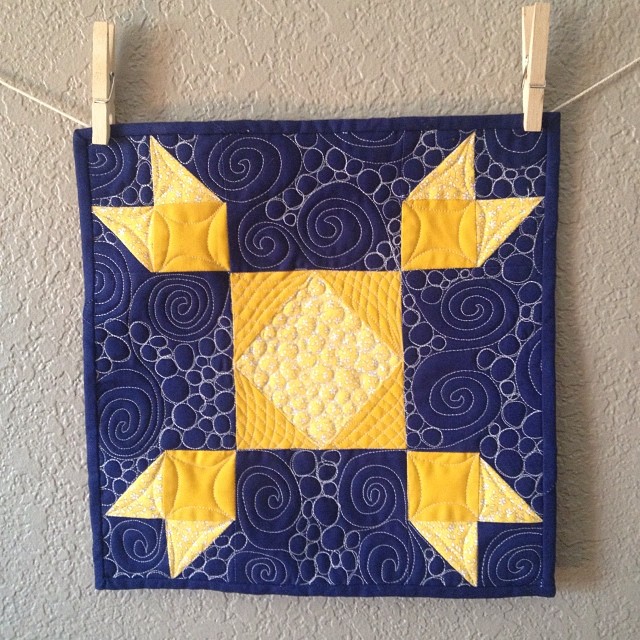Fabric Storage Ideas: Creative Storage Solutions for Organizing Your Quilting Supplies
Consider using tiered shelving units to maximize vertical space in your workshop. Such units allow for easy access to various materials, keeping everything visibly organized. Arrange fabrics by color or type, creating an inspiring backdrop that encourages your creative flow.
Utilize clear containers for smaller items, like threads and notions. Label each container for quick identification. This prevents chaos and saves time during projects. In addition, rotating caddies can serve as mobile workstations, allowing you to transport supplies effortlessly when moving between tasks.
Transform unused wall areas into functional displays. Pegboards can hold scissors, rulers, and cutting mats, keeping your tools within reach while leaving surfaces clutter-free. Engage in DIY projects to craft custom organizers tailored to your specific requirements.
Maximizing Vertical Space with Wall-Mounted Organizers
Utilize wall-mounted pegboards for versatile access to tools and materials. Arrange hooks, shelves, and baskets to keep frequently used items visible and within reach. This setup allows for quick retrieval, minimizing clutter on work surfaces.
Install wall racks or magnetic strips to hold sewing tools and scissors. Keep them at eye level for easy access while working. By doing this, you reduce the risk of misplacing essential items and enhance your workflow.
Utilizing Clear Bins and Labels
Incorporate clear bins on wall shelves for sorted fabric strips or supplies. Label each container, enabling quick identification of contents. This approach not only promotes organization but also encourages maintaining order over time.
Floating Shelves for Decorative and Functional Use
Position floating shelves to display finished projects or decorative items. This creates an inspiring environment while freeing up floor space. Use these shelves to house additional tools or supplies, adding both aesthetics and practicality to your area.
Utilizing Clear Bins for Easy Fabric Visibility
Choose stackable, clear plastic bins to maximize accessibility and visibility of fabric. Ensure that bins are labeled according to color, type, or project to streamline the selection process. This method allows for quick identification, reducing time spent searching for specific materials.
Optimal Sizing and Arrangement
Opt for bins that fit your shelving units or designated areas, avoiding overcrowding. Arrange smaller pieces and scraps in separate bins, while larger cuts can be stored flat. This organization encourages maintaining a tidy workspace.
Maintenance and Upkeep
Regularly declutter your collection by removing fabrics that are no longer needed. Rotate fabrics to ensure visibility and encourage usage. Clean bins periodically to keep them dust-free, preserving the quality of your materials.
Creating a Mobile Fabric Station for Flexibility
Opt for a sturdy rolling cart with multiple shelves to arrange fabrics. This allows quick access to various materials without occupying too much space.
Add clear storage bins on each shelf, labeled by color or type. This enhances visibility and simplifies finding specific pieces.
Incorporate hanging organizers on the sides of the cart for tools such as scissors, rulers, and rotary cutters. These should be easily reachable while working.
Use a cutting mat on top of the cart; this serves dual purposes for cutting and as an additional workspace. Ensure it’s large enough to accommodate various fabric sizes.
Consider attaching a small corkboard or magnetic strip to the side for inspiration and frequently used patterns. This keeps them in sight and readily accessible.
Regularly rotate the contents of the cart based on ongoing projects. This keeps your setup fresh and adaptable to changing tasks.
Finally, ensure the cart’s wheels are lockable to provide stability while working. This prevents accidental movement during detailed tasks.
Implementing Drawer Systems with Dividers for Neatness
Choose modular drawer units that maximize vertical space and can be tailored to fit different items. Look for stackable designs or rolling carts that provide versatility.
Incorporate dividers in each drawer to categorize tools and materials effectively. This helps maintain order and makes it easy to locate supplies. Here are some approaches:
- Use adjustable dividers that can be repositioned based on your needs.
- Opt for clear acrylic separators, which allow visibility of contents.
- Consider creating custom wooden dividers for a tailored fit.
Label each section clearly. Use durable tags or a label maker to create clean and readable labels. This not only enhances organization but also provides a quick reference for retrieving items.
Regularly audit the contents of your drawers. Every few months, remove non-essential items and adjust dividers as needed. This practice keeps your organization system fresh and relevant.
Think about drawer liners or organizers to prevent items from sliding around. Soft materials can reduce noise and protect delicate tools from damage.
Lastly, utilize pull-out mechanisms to enhance accessibility. Soft-close slides make opening and closing effortless while keeping the environment tidy and quiet.
Using Repurposed Furniture for Unique Storage Options
Transform a vintage dresser into a chic supply center. Remove a few drawers to accommodate larger items like batting or a sewing machine, and use the remaining drawers for thread, fabrics, or essential tools. Add organizers or dividers to keep contents tidy.
An old bookshelf can be revitalized as a display and storage unit. Paint or refinish it to match your décor, then use it to showcase finished projects or stack fabric in coordinating colors. Baskets can be incorporated on the shelves for smaller items, keeping everything within reach.
Consider a side table with a drawer for odd bits and pieces. This piece can serve dual purposes; use the tabletop for cutting or pinning fabric. Store scissors, tape measures, and markers in the drawer to minimize clutter.
Repurpose a wooden ladder by leaning it against a wall to hold fabric rolls or hang rulers and cutting mats. This design not only saves floor space but adds an interesting visual element to your area.
A coffee table with a glass top can be reimagined for storing flat items. Change out the top for a simple wooden piece, creating a hidden compartment for patterns and cutting mats while maintaining a unique aesthetic.
Incorporating Labels for Quick Access to Supplies
Utilize clear, consistent labels on containers for instant identification of materials. Opt for color-coded labels to streamline the process of locating items; for instance, use blue for fabrics, green for thread, and red for tools. This visual system minimizes time spent searching.
Types of Labels
Consider diverse labeling options, such as:
| Label Type | Description |
|---|---|
| Pre-printed Labels | Ready-made labels featuring common supplies, facilitating quick organization. |
| Write-on Labels | Flexible labels where you can customize names as your inventory changes. |
| Magnetic Labels | Reusable labels that stick to metal surfaces, ideal for adjustable setups. |
| Clear Adhesive Labels | Transparent options for minimalistic look while remaining readable. |
Label Placement Strategies
Position labels at eye level for optimal visibility. Label the front of each container and consider vertical designs for narrow shelves. Ensure labels face outward in drawer systems to facilitate quick identification without opening multiple drawers.
Q&A: Quilting storage solutions
How can you keep your fabric organized in a small sewing room using fabric storage ideas that work for both fat quarters and larger pieces of fabric?
To keep your fabric organized in a small sewing room, use a combination of storage bins, open shelving, and fabric organizers that separate fat quarters, folded fabric, and larger pieces of fabric. Square storage containers and clear storage boxes allow you to see your fabric stash at a glance, while rolled fabric or folded cuts stored by color or size maximize vertical space. This approach to fabric storage keeps your quilt fabric accessible and your sewing space tidy.
What are some of the best fabric storage ideas for organizing quilt fabric, fabric scraps, and sewing notions near your sewing table?
The best fabric storage ideas include using labeled fabric bins for quilt fabric, small storage containers for fabric scraps, and drawer inserts for sewing notions. Positioning these storage products near your sewing table increases efficiency during sewing and quilting. Stackable storage units, wall-mounted thread racks, and spool of thread holders also help maximize room storage and ensure your supplies are easy to reach while working.
How can a quilter create an efficient sewing room storage and organization system for bolts of fabric, fabric swatches, and thread?
A quilter can organize bolts of fabric vertically in an open storage rack or a closet-style storage cabinet to save floor space. Fabric swatches can be stored in small binders or clear bags sorted by fabric manufacturer or color. For thread, wall-mounted thread storage ideas like pegboards or drawer trays keep quilting thread and bobbins neat and visible. This storage and organization system makes the most of room storage while keeping tools and materials well managed.
What fabric storage solutions work well for storing cuts of fabric and sewing supplies when you have a large fabric stash and limited room storage?
For a large fabric stash and limited space, fabric storage solutions like stackable storage totes, plastic storage drawers, and under-table storage bags are ideal. Use separate containers for smaller fabric, fat quarters, and fabric scraps, and keep frequently used fabric near your sewing machine. Incorporate storage ideas to get thread, fabric swatches, and sewing tools organized in one place, ensuring every piece of fabric has a dedicated spot in your sewing organization system.
How can you store fabric efficiently in a craft room when working with different fabric cuts and rolls of fabric?
To store fabric efficiently in a craft room, separate fabric cuts by size and use labeled bins or drawers to keep everything accessible. Rolls of fabric can be stored upright in a basket or mounted on a rod system. Empty fabric bolts from a fabric store can also be reused to wrap larger yardage. This fabric organization method helps maximize storage space and keeps your fabric around in order for easy access.
What are some fabric and thread storage ideas that help organize your sewing space while keeping quilting tools within reach?
Fabric and thread storage ideas such as wall-mounted racks for thread spools, bobbin storage trays, and compartmentalized boxes for small quilting tools are excellent for maintaining a tidy sewing space. Pair these with drawer units for fabric and tool storage, and use pegboards to hang scissors, rotary cutters, and rulers. These options help organize your sewing area efficiently while ensuring that essential quilting tools are always within reach.
How can a quilter use room storage and organization products to improve quilt fabric storage in a limited space setup?
Room storage and organization products like cube shelving, fabric bins, stackable drawers, and under-table rolling carts are ideal for quilt fabric storage in tight spaces. Quilters can use these solutions to separate fabric by color, size, or quilt pattern, making it easy to get your fabric organized. Incorporating vertical storage and slide-out trays for smaller tools or accessories enhances both accessibility and functionality.
What tips for storing quilting supplies can help someone organize sewing materials after a big shopping trip to the fabric shop?
After a shopping trip to the fabric shop, use these tips for storing quilting supplies: sort fabric cuts by size and label them, wrap large yardage around empty fabric bolts, and use handy storage containers for new notions and thread. Keep new fabrics and tools near your workspace using available storage space, and integrate them into your existing fabric organization system. This approach makes it easier to manage much fabric and continue quilting projects without clutter.



